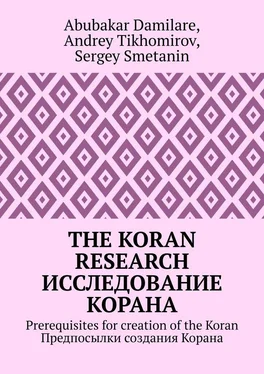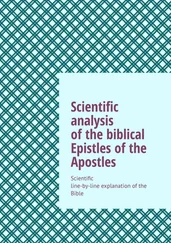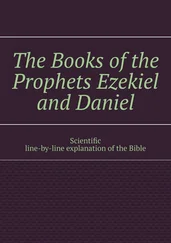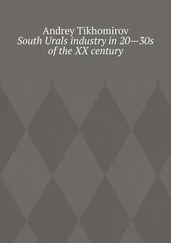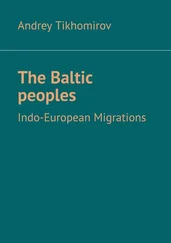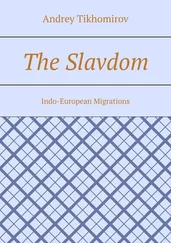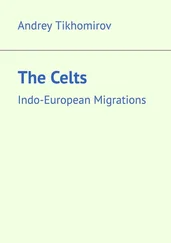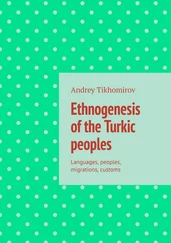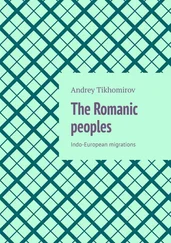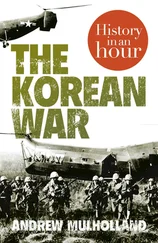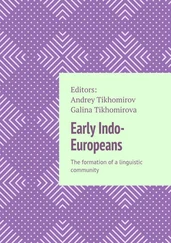The territories of Syria, Iraq, Egypt, Iran, Afghanistan, Central Asia, Azerbaijan and Turkey, Tunisia, Algeria, Morocco and southern Spain were decorated with beautiful, densely populated, landscaped cities with magnificent buildings. There were new types of monumental buildings: mosques that could accommodate thousands of worshipers, minarets-towers, madrasahs – buildings of Muslim educational institutions, hospitals, libraries, palaces buried in the greenery of gardens, covered markets for several kilometers, Inns – caravanserais, which were erected in cities and on the ways of caravan trade. Sultry climate led to the construction of open and underground water pipes, tanks, ponds, fountains. The richness of the decoration was distinguished by numerous public bathhouses, using the experience of the Roman baths. Construction equipment has created a special design made of mud, brick and stone. Various forms of arches were created – Lancet, horseshoe – shaped, multi-lobed, scalloped, – special systems of vaulted ceilings were invented. Unlimited and whimsical imagination differed all kinds of decorative art, from the ornamentation of buildings to the decoration of household utensils. The refined tastes of court culture coexisted with the powerful rise of arts and crafts in the cities, the highest peak that spans the 10—15 century. A wide trade and cultural exchange contributed to the flourishing of Sciences and various fields of creativity. The culture of the peoples of the Middle East in the first centuries of Islam stood above the European. Thanks to the active translation activity, many achievements of ancient philosophy and science were preserved and transferred to the peoples of Europe.
The idea of a medieval Muslim civilization would have been many times brighter and more grandiose had it not been for the heavy losses and brutal destruction it has been subjected to over the centuries. Time itself destroyed. Natural disasters, relentless sun, the winds, the advancing Sands turned blooming inhabited oases in the abandoned ruins of the dead. But the most destructive force was people. Society lived in the atmosphere of countless wars, foreign invasions, troubles, conspiracies, Palace coups. The years of relative prosperity were followed by periods of chaos, epidemics and a severe famine, carried off tens of thousands of lives. The foundations of the feudal system were shaken by popular uprisings.
For architecture especially harmful was the change of dynasties. The new dynasty, which usually reigned, destroying the previous one, sought to destroy everything that was created before it. This primarily concerned the Palace buildings. Newly built or significantly changed, and many mosques, for the construction of new mosques was considered for the Muslim charity case. With the fate of the ruling dynasties were associated flourishing and desolation of cities. Only a relatively few of them managed to outgrow the framework of dynastic residences, to avoid destruction, to rise and acquire an independent value. The new buildings absorbed the old medieval quarters, which were preserved only as inclusions in the urban landscape. And yet an unforgettable experience to this day leave the old quarters of Damascus, Aleppo, Cairo, Tunisia, Kairouan and especially the cities of Morocco.
After the lands of Syria, Palestine, Iraq, Egypt, Iran, Afghanistan, Central Asia and North Africa became part of the Caliphate, their culture, without losing the distinct local peculiarities began to develop in a different direction, gaining new features. In each of the Arab countries, art had its own identity, which distinguished the monuments of Syria from the monuments of Iraq, the works of medieval Egypt from what was created in North Africa and Muslim Spain.
The historical and cultural destinies of Iran, Afghanistan and Central Asia, which were relatively short-lived under Arab rule, were formed differently. Often entering into a single state education, they developed independently, in close cultural interaction with each other.
However, the similarity of the forms of development of feudalism, active trade and cultural ties and the fact of subordination of different peoples to one religion, one language, and one legal and social institution could not but give rise to the features of community in art. Fine arts as a means of propagating religious ideas were excluded from the sphere of Islam. The new religion based its power of influence on the word, not on the depiction of living beings. The main shrines were not icons and statues, but old handwritten Korans.
Highly developed calligraphy, which was a letter not only of religion, but also of poetry, philosophy, science, was regarded as an art, taking an honorable place among its other types. Reaching extraordinary sophistication in the application of various complicated handwriting, calligraphy has become one of the forms of the ornament played a significant role in the arts of the Muslim Middle Ages.
God in the countries of Islam could not be portrayed, but could be denoted by letters and signs. Therefore, in art, especially in the design of religious buildings, a geometric ornament was developed, often consisting of signs and motifs that had a religious symbolic meaning. For example, four vertical lines that schematically expressed the letters of this Arabic word denoted the word «Allah» («God»). Made in a square, they became a symbol of the Kaaba. Two crossed squares formed an eight-pointed star-the most common element of Muslim ornamentation.
Meanwhile, even before the Muslim religion similar elements took place in other cultures. The ancient Egyptian Pharaoh Ramses II created a sanctuary near Abu Simbel (now near the Sudanese border), deep in the rock. Before his entrance rise 4 sitting giant-with the features of the Pharaoh. In the mountain, it is home to several successive buildings. The first of them is supported by eight ten-meter statues depicting the God Osiris. Eight ten-meter statues depicting the God Osiris! «The One father» «father Moon» – that’s what was the form of address to God for many centuries and even in the IV century BC Nectaneb I said: «The Great built a house for his father Thoth, twice great, God of Simona (Hermopolis), the great God, which came from the nose of RA (i.e. the Sun), the Creator of his own beauty.»
Archaeologists found the Royal graves of Ur, reproduces the funeral ceremony of the III Millennium BC. Killed all who will help the king in the «next world». The women participating in this procession, according to archaeological excavations, were dressed in bright red robes, which sparkled various jewels. Warlords have been going with all signs differences musicians – with harps or lyres. They were followed by wagons pulled by bulls, or sleds. On the wagon sat the pages or driverless, sled led sled’s bridle. In the end, everyone took a pre-allocated place for them; duty soldiers, closing the procession, stood guard at the exit. All the men and women in their hands had a small bowl – the only item needed to complete the rite. Some victims in the last minutes of their earthly life had to perform certain tasks. At least, it is known that the musicians played their instruments until the very end. When through the centuries the tomb was opened, their hands still convulsively clutching the strings of the harp or lire.
Конец ознакомительного фрагмента.
Текст предоставлен ООО «ЛитРес».
Прочитайте эту книгу целиком, купив полную легальную версию на ЛитРес.
Безопасно оплатить книгу можно банковской картой Visa, MasterCard, Maestro, со счета мобильного телефона, с платежного терминала, в салоне МТС или Связной, через PayPal, WebMoney, Яндекс.Деньги, QIWI Кошелек, бонусными картами или другим удобным Вам способом.
